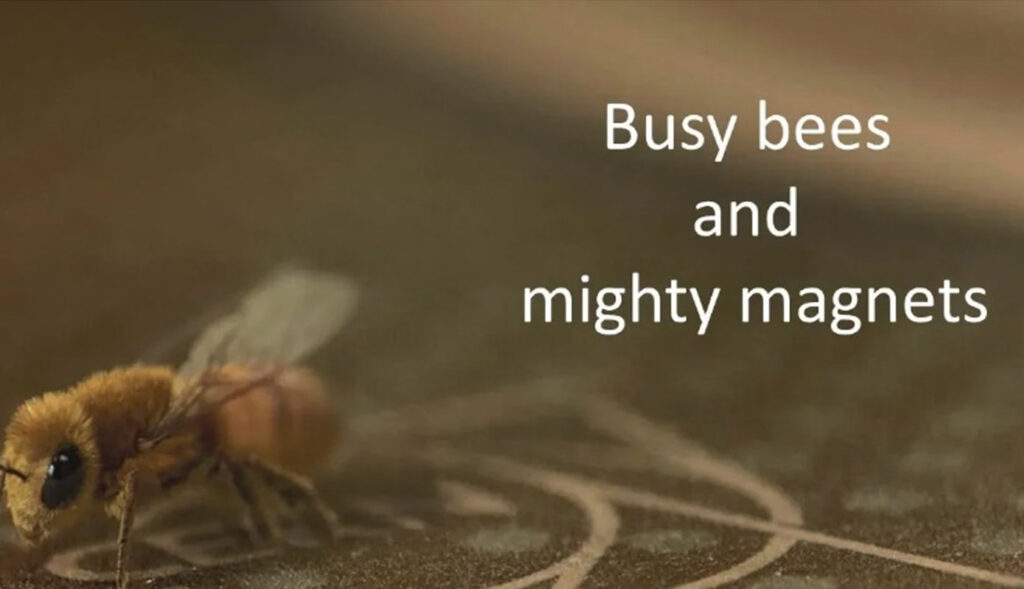Recent headlines have been buzzing with praise for honey, long celebrated as a natural remedy. From soothing burns to its antimicrobial properties, honey – especially the prized manuka variety – has found a resurgence in media and scientific discussions.
The short film “Busy bees and mighty magnets”, produced between experts from CERN and the Cockcroft Institute / University of Liverpool’s QUASAR Group, takes this narrative a step further, exploring how honey connects to one of the most advanced technologies on the planet: particle accelerators.
Honey, with its ancient ties to healing practices, has seen a modern revival as researchers investigate its role in combating antibiotic resistance and aiding wound care. Manuka honey, in particular, has captured the public imagination thanks to its unique compound methylglyoxal, which gives it powerful antibacterial properties. These stories resonate with a growing cultural interest in sustainable, nature-inspired solutions to modern problems.
The short film connects the ancient wisdom of honey with the advanced accelerator technologies that are being developed at the Cockcroft Institute for the Future Circular Collider (FCC) project.
Accelerators and honey may seem worlds apart, but both represent a drive to harness the best of nature and technology for the betterment of society. This intersection of the natural and the technological reflects a broader trend in science: the search for integrative solutions that combine the old with the new.
Honey’s revival in modern medicine is emblematic of how traditional remedies can complement high-tech innovations. Similarly, accelerators, often seen as distant tools of physics, are proving to have down-to-earth applications.
As honey continues to capture public imagination, and accelerators quietly transform industries, the film provides a unique lens to examine these two narratives together. By grounding high-tech concepts of accelerators in familiar products like honey, the film underscores a profound point: innovation is not about leaving the past behind but finding new ways to connect with it.
You can watch the film on YouTube: https://youtu.be/lGImsJmwiXo

